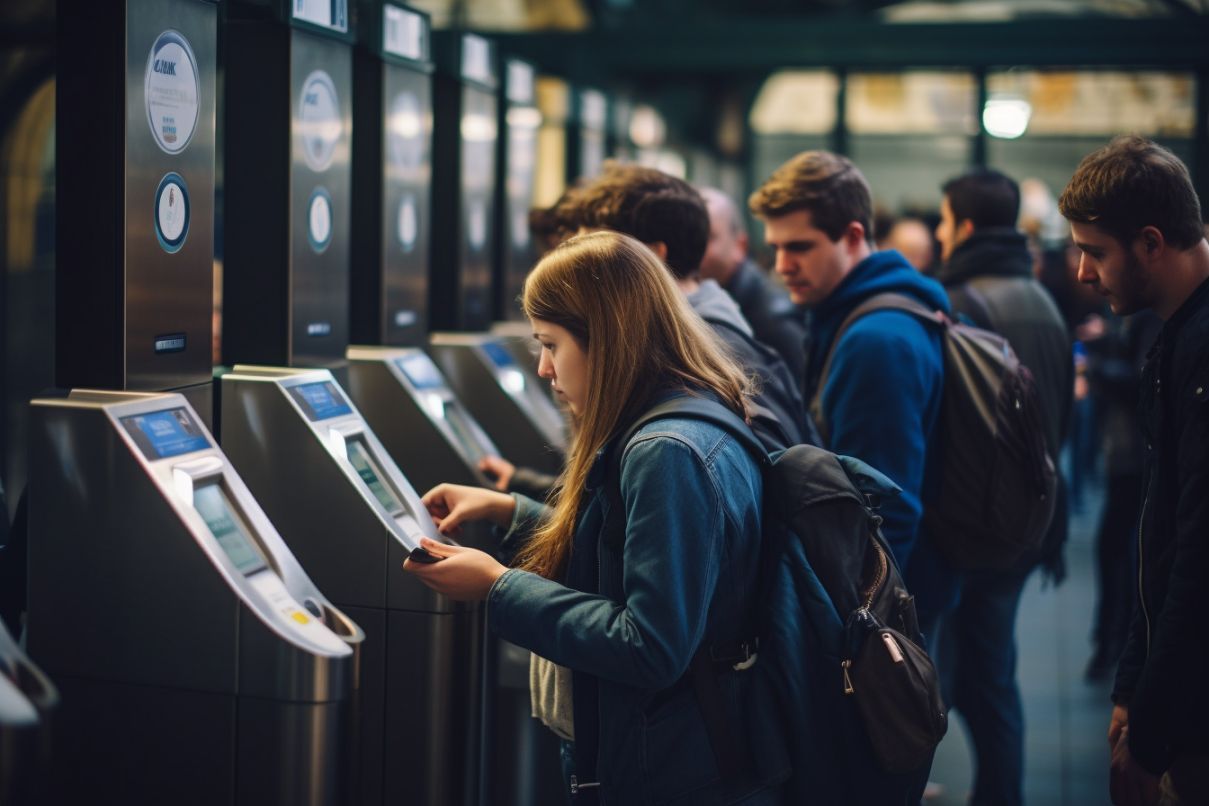Rewarding Customers for Past Actions: An Oddity Unique to Public Transit?
Published:
Sometimes, I encounter a concept so bizarre that it stops me in my tracks. The idea of rewarding customers for past actions in public transit is one such example. It confounds me every time.
Imagine strolling into a grocery store to pick up bread, milk, or a can of soda. You present your bank card at checkout, but instead of processing the payment, the cashier just collects the transaction information. At the end of the month, the store reviews your purchases. If you bought 20 cans of soda, you receive a 10% discount. If you bought just one, you get a 3% discount. The same goes for milk – buy a gallon and receive a 5% discount, buy three and the discount increases to 10%.
Try proposing such a system to retailers, Walmart, or any other major food and goods store. Likely, they’d laugh you out of the boardroom. Why? Because such a system is financially unfeasible.
Yet, bizarrely, these schemes are not just proposed but actively implemented in public transportation systems worldwide. Why do we cry over the insufficient revenues of public transit, pleading for additional funds from taxpayers, while simultaneously adopting financially impractical fare structures?
We risk eroding passenger loyalty by handing out discounts for free, collecting less revenue without any guarantee of continued patronage from passengers. And all this, in the name of passenger convenience.
Speaking of convenience, have you ever heard of yearly fare-capping? Passengers ride as much as they need, and at the end of the year, they’re charged based on their usage. Is it not the epitome of passenger convenience? And yet, how would our drivers, conductors, inspectors, cashiers, and other public transit company employees feel about receiving their salaries once a year? Are they not also entitled to ‘convenience’?
The scenario is absurd, highlighting the peculiarity of fare-capping systems. It’s about time we recognize it.


